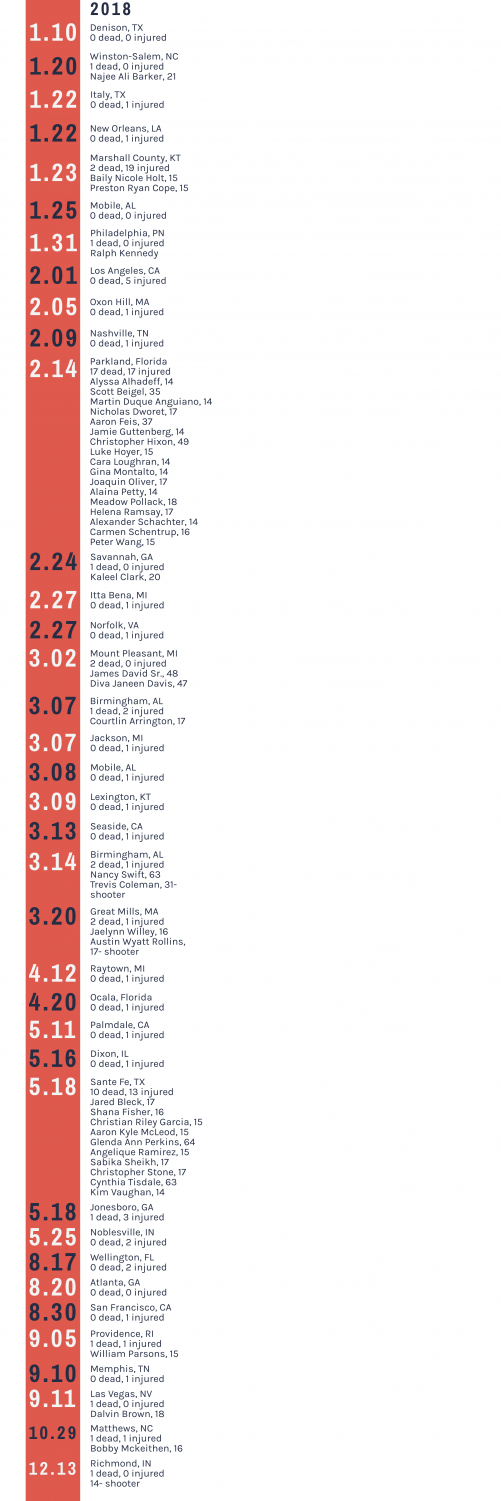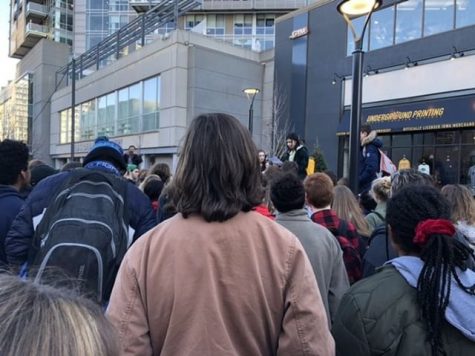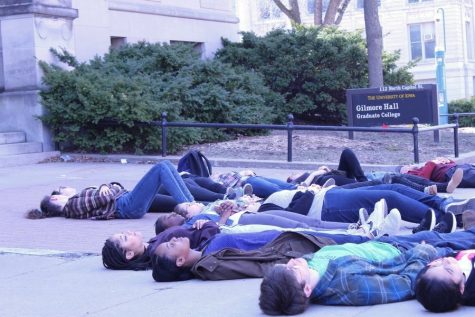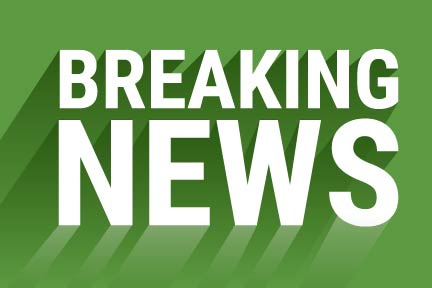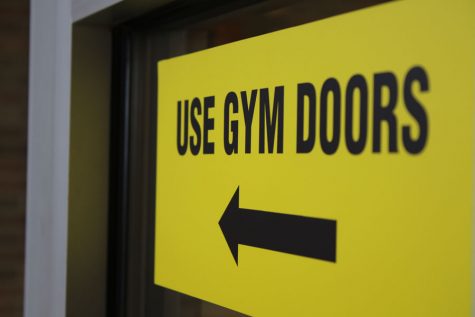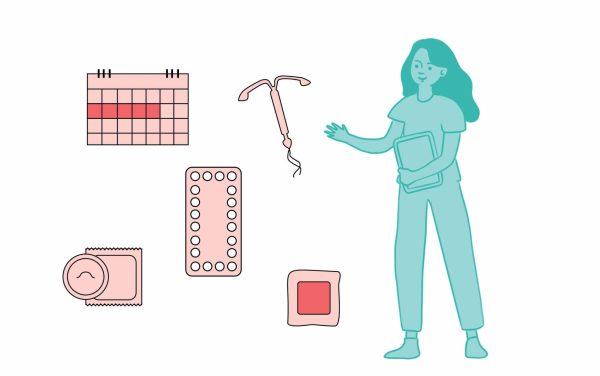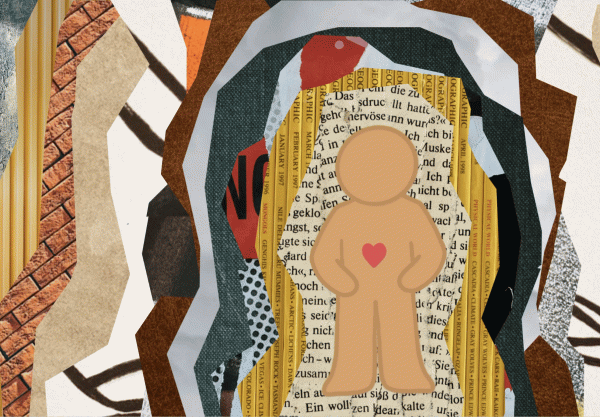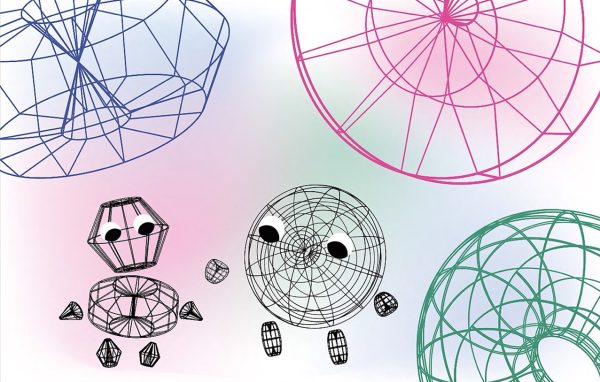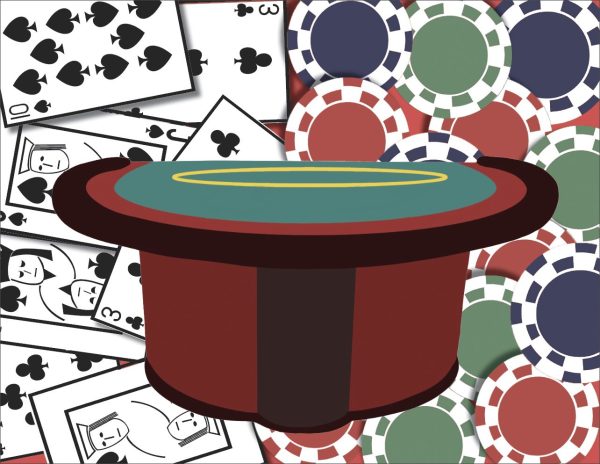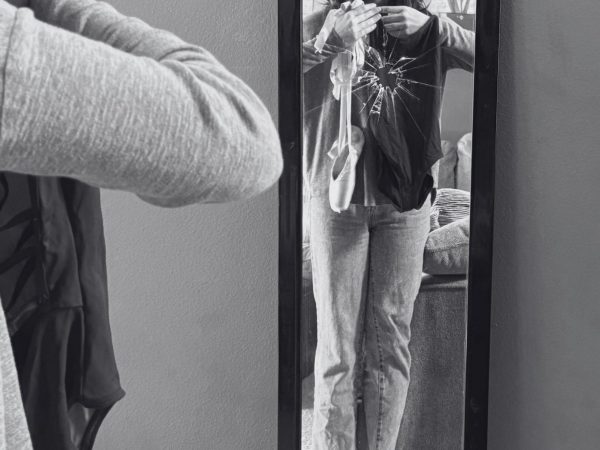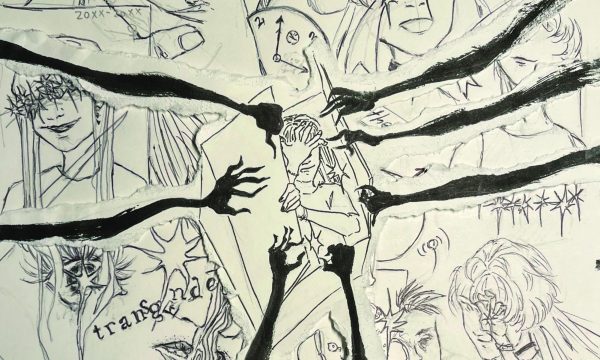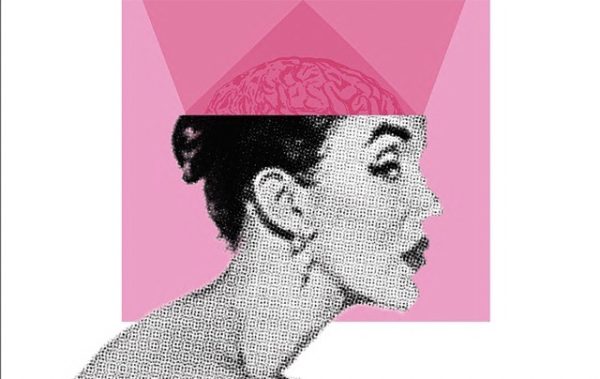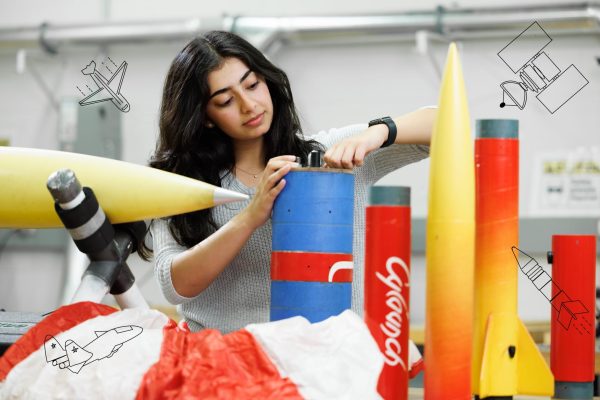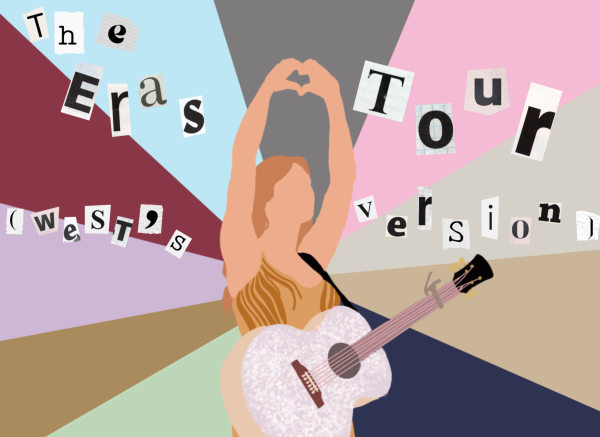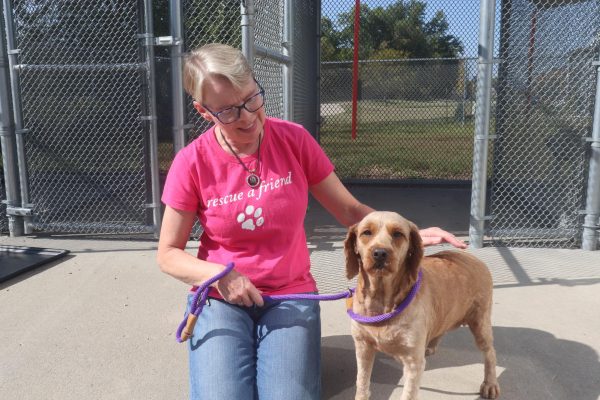When it happens.
Marjory Stoneman Douglas High School junior Zoe Gordon never considered the possibility that gun violence could affect her community. Empowered through stories like Gordon’s, students have rallied together to raise awareness and make change.
She woke up excited; it was Valentine’s Day, after all. Gordon picked out a nice outfit and went to school, Marjory Stoneman Douglas High School. The day started off full of joy, as students milled about the hallways, handing out letters, roses, teddy-bears and treats. It was just a typical Valentine’s Day in what the National Council for Home Safety and Security had deemed Florida’s safest city in 2017.
“The day was filled with love,” Gordon said. “Everything was so happy.”
No one could have imagined what would happen just seven hours later.
A fire alarm went off during second period, and students filed out just as they would for any other drill.
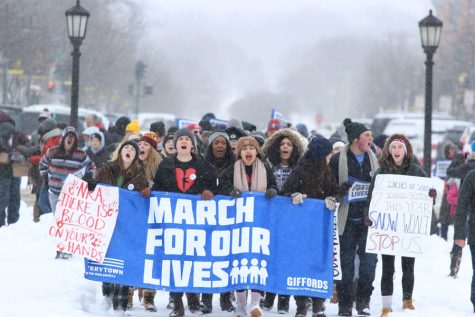
Members of SASS, Students Against School Shootings, hold up a “March for our lives” banner as they make their way to the Pentacrest on Saturday, March 24. Nick Pryor ‘18, one of the leaders of SASS, commented on the turnout of the event, “I was very impressed by how many people came out in the snow. It was a nightmare driving downtown, and yet nearly a thousand people came out to support the movement.”
“[The fire drill] was not a big deal. We have those all the time,” Gordon said. “We just walked outside, and since everything was all good, we continued with the day.”
As Gordon sat through her last class, she waited for the bell to ring. But it never did. Instead, the blaring sound of another fire alarm echoed throughout the halls.
“It was just weird for everyone, because we had just had one earlier in the day, and that never happens,” Gordon said.
The high school has an outdoor campus, so students walk outside to get from one class to another. Gordon and her classmates left the building, meeting the humid Florida air.
Then, the commotion began.
“All of the sudden, I heard things that sounded like textbooks dropping,” Gordon said. “Then it just sounded like a blur of screams and loud noises.”
The students all looked around, confused. They had barely gotten out of their classroom when Gordon saw a police officer running up the steps with his gun out.
“I heard a teacher yell ‘Everyone get back in,’ so I ran to my classroom, and [my teacher] was still getting kids out of the classroom,” Gordon said. “I told her ‘We have to get back inside; let’s go back inside.’”
As students re-entered the building, there was frantic speculation about the cause of the chaos. They were not sure if it was an accidental second fire drill or an active shooter drill.
“Someone asked ‘Do you think it could be gunshots?’ Everyone said no,” Gordon said. “There were all these different stories but no one believed the worst at all.”
What they thought were fireworks or textbooks turned out to be shots from an AR-15. Now more suspicious that there was an active shooter in the building, the students huddled in a corner of the classroom to hide.
“It was calmer than you would think because no one knew what was happening,” Gordon said. “It just hadn’t set in.”
Because Gordon’s class wasn’t in the building where the shooter was, they were among the last to be evacuated. She and the rest of her peers hid in the corner for over two hours listening to the wail of police sirens.
The text she sent her dad while in hiding read: “I’m in my classroom right now, the doors are locked, I don’t know what’s happening. I don’t know if it’s real or not.”
“When the SWAT team burst in, that’s kind of when it set in for me,” Gordon said.While there was a lot of speculation and horrific images circulating through social media, Gordon says the reality of what was occurring outside was unimaginable.
The SWAT team had the students line up on one side of the classroom. Running one after another, they were rushed out of the room into silent halls, which were now filled with more police officers than students.
“We were walking towards the exit and they were just like, ‘Go, go, go!’” Gordon said. “We were holding each other trying to run.”
In the immediate aftermath of the shooting, Gordon had a difficult time processing the situation.
“No one really knew who was gone yet,” Gordon said. “Students were sharing pictures of friends they couldn’t locate, begging others to find them. Unfortunately, those were a lot of the ones that passed away.”
I’ve never been through something so tragic before, but now it’s put a label on me for the rest of my life. … It’s the new normal, that’s what they say.
— Zoe Gordon
More than nine months after the devastating events of Feb. 14, Parkland is still recovering.
“I’ve never been through something so tragic before, but now it’s put a label on me for the rest of my life. … I will never have that normal high school experience most teens are lucky to have, and I’ve never experienced such a deep pain,” Gordon said. “It’s the new normal, that’s what they say. I’ve never been prouder to attend that school despite all the bad things we’ve been through.”
“After everything that happened I started writing bigger stories,” Gordon said. “I found myself loving journalism even more, because I was able to bring to light so many stories that were bigger than myself.”Although she will carry this experience with her for the rest of her life, Gordon is using her voice as a journalist to make an impact in her community. She is now the Copy Editor for her school’s newspaper, The Eagle Eye.
Parkland has made an impact in Iowa City and across the nation, inspiring students to make change in their communities. One group in the ICCSD that came together to take action is Students Against School Shootings (SASS). A group of approximately 20 West High, City High and Southeast Junior High students established the organization in response to the Parkland shooting.
City High student Mira Bohannan Kumar ’20 was one of the students who helped start SASS. She now drafts plans for the organization as the group’s policy director.
“In some ways, [Parkland] felt very personal. … Almost every group has a reason to feel strongly about gun violence and because of the increasing prevalence of school shootings, students are one of them,” Bohannan Kumar said. “When Parkland happened, I was at a time in my life where I was really ready to be an activist.”
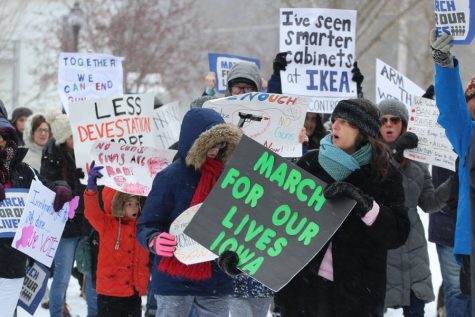
Protesters make their way to the Pentacrest on Saturday, March 24.
SASS aims to raise awareness and make change by organizing events that bring the community together, a few of these being walkouts, vigils and die-ins. These students helped plan the “March for Our Lives” in Iowa City on March 23, as well as walkouts from the three schools.
“[The march was] a way of making people aware of the things that we can do to help create a safer environment in our country and in our state,” Bohannan Kumar said. “It’s incredibly important that we all work together to create a safer nation.”
According to Bohannan Kumar, SASS aims to create events that help people cope and offer a forum for their voices to be heard.
“It’s great to feel like you are standing with people, that you are together and united as a front,” she said.
When I found out about the Parkland shooting, I was outraged. I was outraged that people were killed, I was outraged that people were wounded and I was outraged that I wasn’t shocked.
— Lila Terry '20
Inspired by the work students are doing locally in the community, Lila Terry ’20 attended the “March For Our Lives” in Washington, D.C. along with an estimated 800,000 other demonstrators.
“When I found out about the Parkland shooting, I was outraged. I was outraged that people were killed, I was outraged that people were wounded and I was outraged that I wasn’t shocked,” Terry said. “A dozen school kids getting killed while seeking an education should not be a common enough occurrence that the headlines that broke the news read ‘Another School Shooting.’”
The “March For Our Lives” in Washington, D.C. was the largest event, though there were over 700 sister marches across the country, including the one SASS organized in downtown Iowa City. The atmosphere at the march was powerful for Terry, who remembers feeling everything from anger to empowerment.
“It was the voice of democracy and it was the voice of people who are so tired of being silenced,” Terry said. “There were children holding signs pleading with the government to protect their lives. … It was inspiring, and it was heartbreaking.”
“March For Our Lives” brought students throughout the country together with common goals: raising awareness and bringing an end to gun violence.
“In some ways, [Parkland] felt very personal. … Almost every group has a reason to feel strongly about gun violence and because of the increasing prevalence of school shootings, students are one of them,”
— Mira Bohannan Kumar
“I was marching for all the children that I know could one day be in a school shooting,” Terry said. “And I was marching because it is disturbing how likely it is that someone I know and love will be affected by gun violence,”
Parkland became a rallying cry for students around the country to make change and continues to energize students today.
“[The shooting has] definitely released a little politician inside each and every one of us,” Gordon said. “It’s made me stronger, and it’s made me more aware of the power I have to use my voice for good.”
Click here to see an enlarged version of the timeline.
Your donation will support the student journalists of West High School. Your contribution will allow us to purchase Scholarship Yearbooks, newsroom equipment and cover our annual website hosting costs.
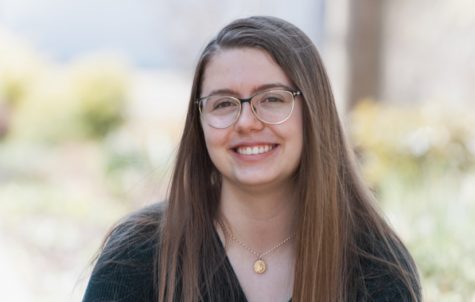
(she/her) Marta Leira is a senior at West High and editor-in-chief of the print publication. Marta enjoys running (sometimes), creating a an embarrassing...
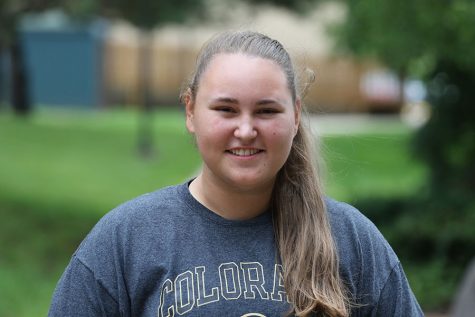
Kara is a senior at West and this will be her third year on staff. She is the Online Editor-in-Chief and Co-Sports Editor this year. When Kara isn't covering...




